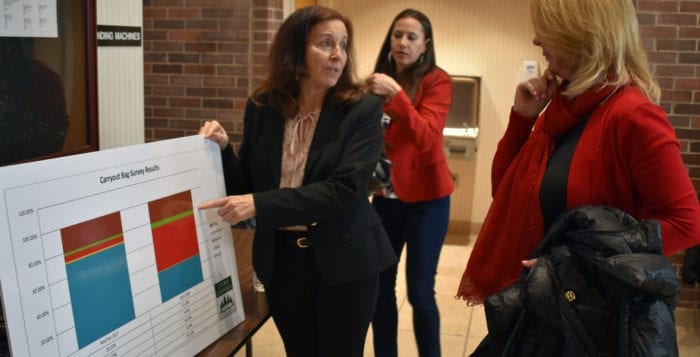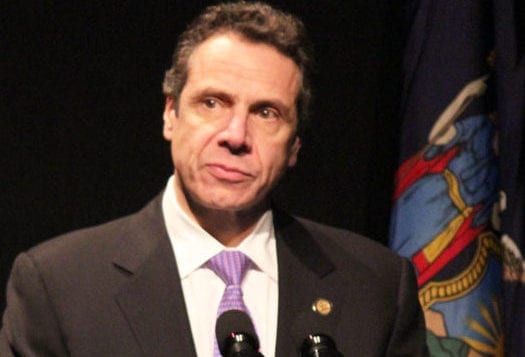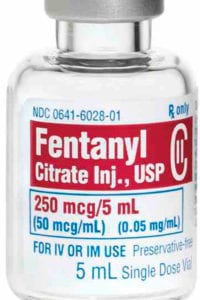County and state officials plan on embarking on a statewide campaign to advocate for the restoration of funds for a veterans peer support program some have called vital.
At a press conference March 15 Suffolk County Executive Steve Bellone (D) alongside state Sen. John Brooks (D-Massapequa) urged the state Legislature to restore funding for the Joseph P. Dwyer Peer Support Project, after the proposed executive budget of Gov. Andrew Cuomo (D) included no funding for the project.
“It is our profound duty to serve our veterans both at home and abroad,” Bellone said. “Often times when our veterans return home they carry scars with them. The Joseph P. Dwyer Peer Support Project has a proven track record of assisting our veterans regain their lives and I urge Albany to reverse course immediately and fund this vital program.”
The project, which is overseen by Suffolk County Veterans Service Agency and Suffolk County United Veterans, aims to serve veterans, active duty members, reserve and National Guard troops suffering from post-traumatic stress disorder and other adjustment conditions. One of the program goals is to provide peer-to-peer support and counseling to veterans who are facing challenges transitioning back to civilian life, along with offering a safe, supportive space for veterans to interact with one another.
Brooks, chairman of the state’s Committee on Veterans, Homeland Security and Military Affairs, spoke on the challenges many veterans face when they come home and the good the program does.
“These are heroes helping heroes,” the state senator said. “This is a program that enables veterans with knowledge and understanding of issues like PTSD, traumatic brain injury, depression and substance abuse to meet with and counsel veterans who are suffering from one, or several, of these afflictions as a result of their service to our country.”
The senator stressed the urgent need for this program and others like it.
The program is named after Pfc. Joseph Dwyer, a Mount Sinai resident and U.S. Army combat medic who had served in Operation Iraqi Freedom. After returning home and struggling with PTSD, Dwyer succumbed to his condition in 2008. Last year, 23 counties across the state received $3.735 million in project funding.
Joe Cognitore, commander of VFW Post 6249 in Rocky Point, knows the program works and echoed Senator Brooks’ sentiments that programs like the Dwyer project are necessary and vital for veterans.
“It’s veterans to veterans,” he said. “Mental health is an important issue.”
Cognitore said on a grassroot level the program works, and he was disappointed about the proposed funding cuts.
“This is not a Democrat or Republican issue — it’s a bipartisan one,” he said. “We are all in the foxhole.”
As chair for the VFW Department of New York Legislative Committee and a member of the VFW National Legislative Committee, Cognitore was in Albany lobbying earlier this month with other veterans groups urging lawmakers to restore full funds for the program. This year Suffolk County only received a $185,000 share of the money in the state budget.
Previously, when the project had its full funds there were plans on expanding the program further into New York state, in addition to the already 23 participating counties. Similarly, two years ago, U.S. Rep. Lee Zeldin (R-Shirley) introduced legislation to expand the Dwyer program to the national level.
Cognitore mentioned if he had another chance to speak with Cuomo and other lawmakers he would tell them not to slash the budget of a program without due diligence and background research.
“It’d be one thing if this program wasn’t working but that’s not the case here — it works,” he said. “Put yourself in our boots, come visit us and see how the program runs.”
Cognitore hopes lawmakers in Albany reverse course and restore funds to the program. He said they are fortunate to have county and state officials on their side who are committed to helping veterans.
Bellone plans on traveling to the Hudson Valley and Western New York over the course of the next few weeks to build a coalition of state and local officials on the issue of restoring funding.
Beginning in 2012, more than 10,000 veterans have participated in the Joseph P. Dwyer program countywide. Suffolk County is home to the largest veterans population in New York state.














